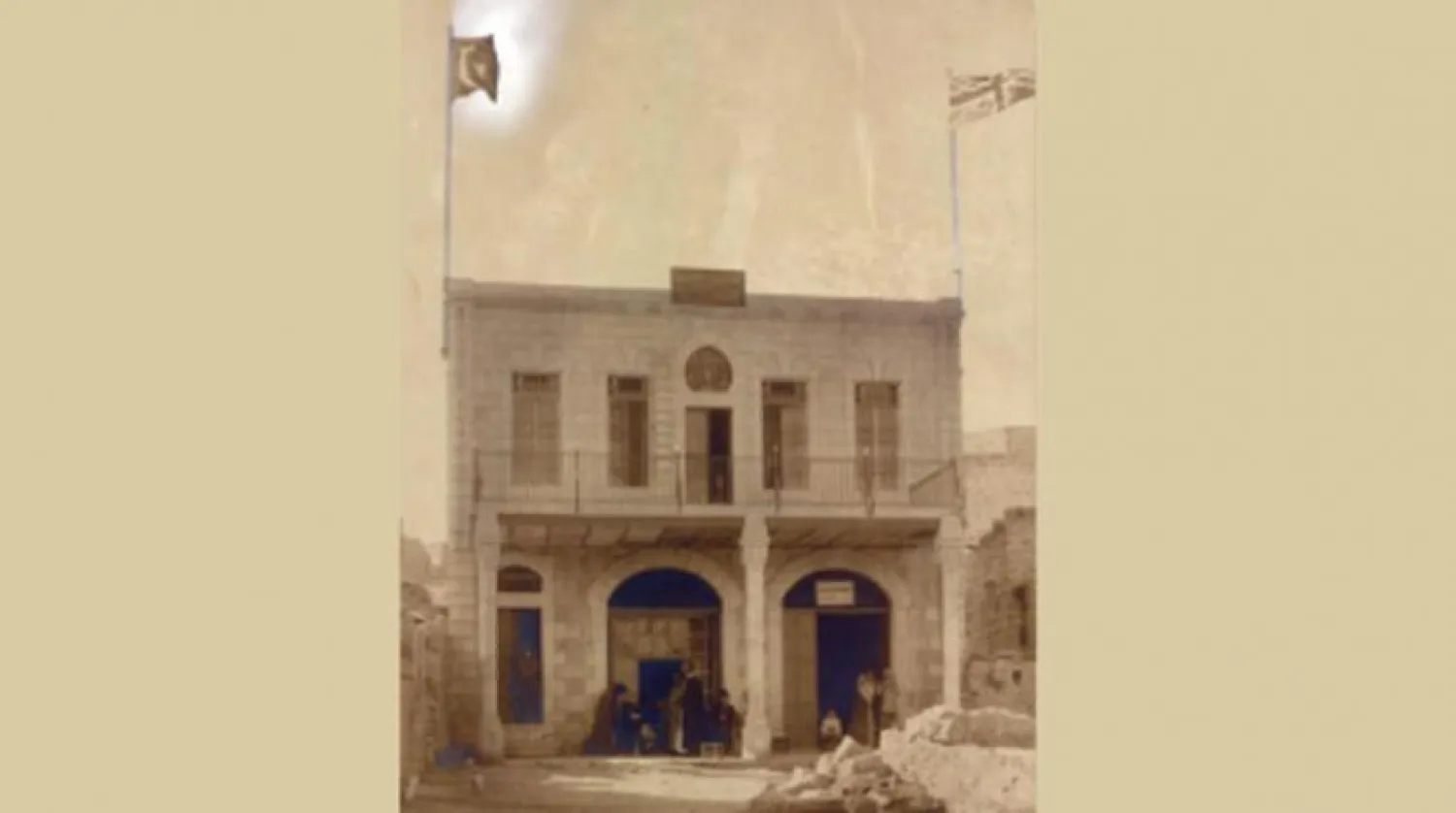Documents revealed by Haaretz newspaper on Monday reported corrupt practices during the beginning of the Zionism movement in Palestine and abroad.
The documents highlight a great number of the movement's leaders who were glorified, some who had streets and cities named after them.
Haaretz said the documents were found in a family archive that belongs to the granddaughter of Zalman David Levontin who was the CEO of Anglo Palestine, one of the biggest Zionist banks.
Levontin was secretly keeping an eye on the bank accounts of officials and leaders.
He hid a confidential document reporting transactions and data to be published 10 years after his death. His family however waited 80 years to reveal the scandals' document.
Ofer Aderet, the author of the report, said that the documents were discovered by coincidence during a study conducted by a student at the University of Haifa on the history of Haifa and Jaffa Ports.
According to the university student, Levontin served as the general manager of the bank until 1925.
In another letter, Levontin accuses figures in the Zionist movement of looting the funds allotted to settlements in Palestine and investing them in personal commercial projects in Polonia, the US, and Switzerland.
He further accused his successor, Eliezer Hoffein, of stealing thousands of pounds. He goes further and determines the amounts in detail: In 1925 Hoffein stole 3,800 pounds, and in the next year he stole 500.
Instead of punishing him, the bank’s management granted him an award of 2,000 pounds. Five more members of the board of directors received an equal amount in return for their silence.







